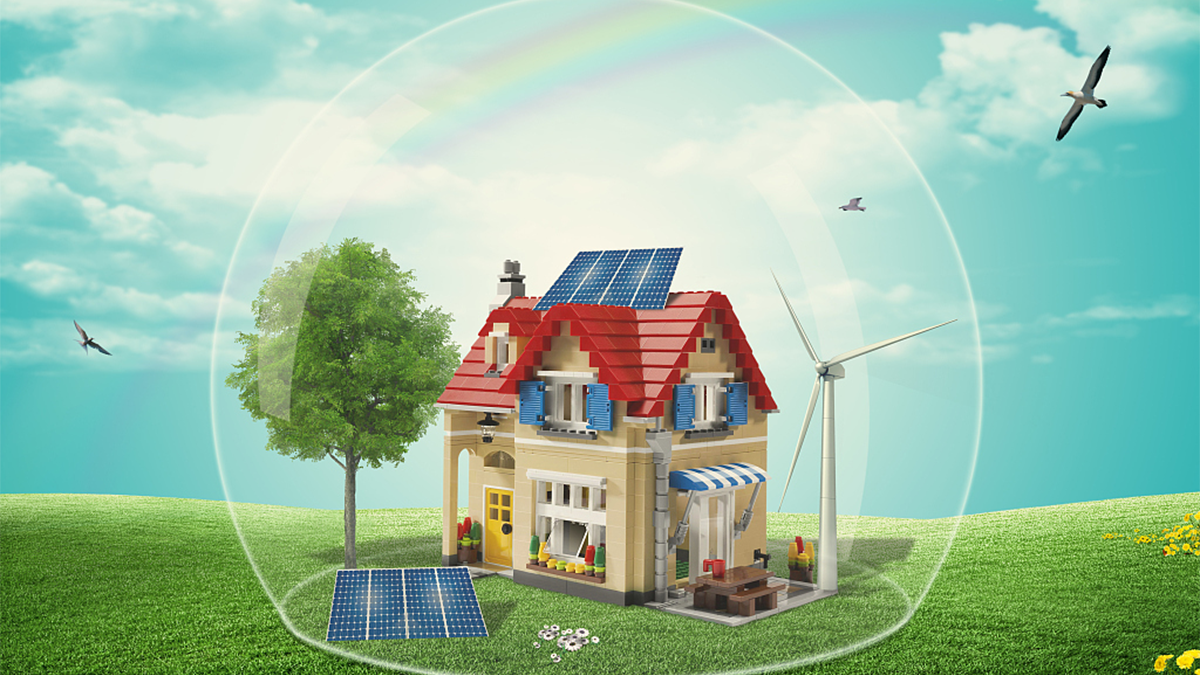Exploring the Technical Characteristics and Future Development Trends of Wind Turbine Converters
Introduction: Wind turbine converters play a crucial role in converting wind energy into reliable electrical output within wind power generation systems. As the wind energy industry rapidly evolves, converter technology continues to innovate and advance.
This article explores the technical characteristics of doubly-fed converters and full-power converters. It analyzes the future trends of converters, including high-frequency operation, modular design, the application of new power devices, intelligent control and management, and multi-energy integration.

Technical characteristics of doubly-fed converters:
Bidirectional power flow: Achieving bidirectional energy transfer between the wind turbine and the grid, enhancing system flexibility and controllability.
Through partial power conversion, a portion of the wind turbine’s power is transmitted to the grid using the rotor, leading to decreased converter power demands and cost savings.
Doubly-fed converters have smaller capacities compared to conventional full-power converters, leading to cost reductions and decreased reliance on rare materials.
Enhanced voltage quality and grid stability are achieved by implementing a frequency converter on the rotor side, enabling precise control of rotor voltage and frequency.
Full-power converters possess the following technical characteristics:
Full power conversion: Transmitting the entire power of the wind turbine to the grid through the frequency converter, improving system efficiency and power generation capacity.
High efficiency: Utilizing efficient power devices and advanced control strategies to maximize energy conversion efficiency and minimize energy losses.
High stability: Demonstrating higher immunity to interference and adaptability to the grid, stably injecting power into the grid, and enhancing system reliability and controllability.
Grid support functions: Providing functionalities such as reactive power control and voltage/frequency regulation, enhancing grid stability and reliability.
Future development trends:
Building upon the doubly-fed and full-power converter technologies, the future development trends of converters will focus on the following directions:
High-frequency operation:
By increasing the switching frequency of the converter, making it more compact and lightweight, with higher response speed and more precise power control. Researchers are devoted to studying new switch devices and electromagnetic interference suppression techniques to improve system efficiency and reliability.
Modular design:
Designing converters with a modular structure to provide flexible, scalable, easy-to-maintain, and upgradeable solutions. To attain increased flexibility and configurability, researchers aim to investigate novel module architectures, communication technologies between modules, and adaptable module components. These explorations will pave the way for advanced system designs capable of achieving a higher level of adaptability and customization.
Application of new power devices:
Researchers are actively exploring the application of new power devices such as silicon carbide (SiC) and gallium nitride (GaN), which offer higher switching speeds, lower power consumption, and higher temperature tolerance. Further research will drive their wider adoption in converters, improving system efficiency and reliability.
Intelligent control and management:
Through the integration of advanced control algorithms, intelligent monitoring techniques, and remote communication capabilities, converters can attain adaptive control, fault diagnosis, and optimized operation. Further research will focus on enhancing the reliability, security, and communication technologies of intelligent control and management systems. This will enable higher levels of autonomous operation, intelligent optimization, and seamless network integration.
Multi-energy integration:
With the continuous progress of renewable energy, the integration of diverse energy sources such as wind energy, solar energy, and energy storage systems becomes essential to achieve energy complementarity and coordinated management. Further research will focus on interoperability, energy dispatch and smart energy management of multi-energy integration technologies. Improve the reliability of energy supply through efforts to promote the sustainable development of renewable energy systems.
Conclusion:
Doubly-fed converters and full-power converters are crucial in the wind power sector, each offering distinct benefits. Future advancements in this area involve high-frequency operation, modular design, novel power devices, and incorporating intelligent control systems. These developments will enhance efficiency, reliability, and sustainability of wind power systems, revitalizing the industry with fresh energy.

